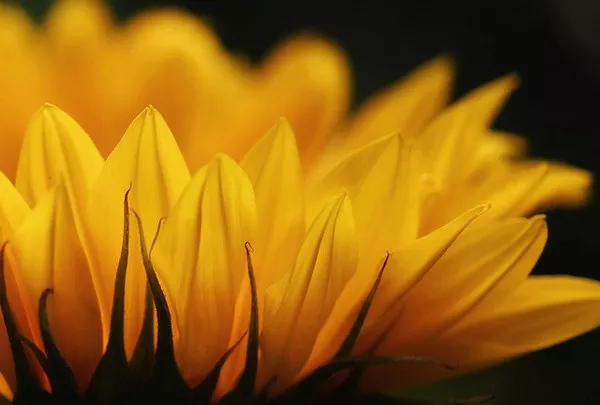Sunflowers (Helianthus annuus) are renowned for their vibrant yellow petals and towering presence in gardens and fields. Beyond their aesthetic appeal and the value they bring to agriculture, many enthusiasts wonder if these cheerful blooms are not just visually pleasing but also edible. Can you eat sunflower petals, and if so, are they a culinary delight or a mere decorative flourish? In this article, we delve into the exploration of sunflower petals as a potential addition to the culinary repertoire.
Culinary Traditions
Historically, various cultures have incorporated flowers into their culinary practices, using them in salads, teas, and desserts. Sunflowers, originating from North America, have been cultivated for centuries, and their seeds are a common snack. However, the edibility of sunflower petals is a lesser-explored territory in comparison to their seeds.
Edible Varieties
Firstly, it is essential to note that not all sunflower varieties are necessarily safe for consumption. Some cultivars are bred primarily for ornamental purposes, and the petals of these varieties may not be suitable for consumption. When considering the edibility of sunflower petals, it is crucial to choose varieties explicitly labeled as edible or those with a known history of safe consumption.
Nutritional Content
Sunflower petals, like many edible flowers, may contain certain nutrients and antioxidants. While the nutritional content might not be as substantial as that found in the seeds, petals can contribute to the overall nutritional value of a dish. They may contain vitamins, minerals, and bioactive compounds that can provide health benefits.
Taste and Texture
The taste and texture of sunflower petals can vary depending on the variety and growing conditions. Generally, sunflower petals are described as having a mildly sweet and slightly bitter flavor. The texture is often delicate and crisp, making them an interesting addition to salads, desserts, or even as a garnish for various dishes. Experimenting with small quantities initially is advisable to gauge personal preferences.
See Also Why Is A Rose A Symbol For Jesus?
Culinary Uses
Salads: One of the most common culinary uses for sunflower petals is in salads. Their vibrant color and mild flavor can complement the freshness of salad greens, adding a visual and textural element to the dish.
Garnishes: Sunflower petals make for an attractive and edible garnish for a variety of dishes, from main courses to desserts. Their bright hue adds a pop of color, enhancing the visual appeal of the plate.
Infusions: Sunflower petals can be used to infuse liquids such as syrups, vinegars, or oils. This imparts a subtle floral essence to the liquids, creating a unique flavor profile for culinary creations.
Desserts: Incorporating sunflower petals into desserts like cakes, cupcakes, or ice creams can elevate the sensory experience. The delicate petals can be used as a decorative element or mixed into batters for a hint of floral flavor.
Safety Considerations
Before embarking on a culinary adventure with sunflower petals, it is crucial to consider safety factors. Always ensure that the sunflowers you use are free from pesticides, herbicides, and other chemicals. If you are uncertain about the safety of a specific sunflower variety, it is advisable to consult reputable sources or seek guidance from experts in horticulture and botany.
Additionally, individuals with allergies should exercise caution, as some people may be sensitive to certain flowers. If there is any uncertainty about potential adverse reactions, it is recommended to consult with a healthcare professional before consuming sunflower petals or any other edible flowers.
Conclusion
In conclusion, the question of whether you can eat sunflower petals is met with an affirmative answer, provided you choose the right varieties and exercise caution. Sunflower petals, with their mild flavor and delicate texture, can be a delightful addition to a range of culinary creations. From salads to desserts, their vibrant color and potential nutritional benefits make them an intriguing ingredient for those willing to explore the world of edible flowers. As with any novel culinary ingredient, it is essential to approach sunflower petals with a mindful and informed perspective to ensure a safe and enjoyable gastronomic experience.


